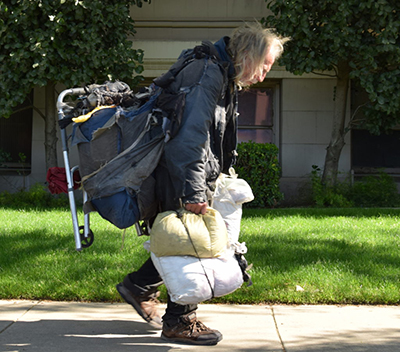
The pandemic isn’t the biggest news everywhere, no matter what people think. Out in the streets it’s still about who died, who’s in jail, who’s got a cigarette, and where the next deal’s coming from. Self-isolation is nothing new for the most desolate of homeless people, and those lucky enough to have formed small communities and camps aren’t about to give up the comfort and safety of friends for a bug they’ve barely heard about.
Downtown Modesto—like many California towns—has been a disaster area for years, so that’s old news too. The prone bodies under what look eerily like shrouds, the people in wheelchairs, the mentally ill mumbling or shouting to tormentors no one else can see, and the men and women who’ve picked up enough survival skills to live in the shadows between the cracks are still there, only a lot of the faces are new, now that some of the old regulars like “Pops” Yarber have left the streets for the new low-barrier shelter in the Salvation Army’s Berberian Building.
News that the state’s Homeless Coordinating and Financial Council has released $100 million to California cities, counties, and continuums of care as an emergency response to the Covid19 crisis may have led some to believe the worst is over, but people familiar with the true scope and nature of homelessness aren’t reassured; they know the problem is far too big to be solved even with an additional $100 million.
The distribution of money throughout the San Joaquin Valley presents a sobering realization of what it’s going to take to make real progress against the extreme poverty that will persist well after the Coronavirus has been subdued. Of the millions available, the City of Fresno leads the Valley with an allocation of $1,012, 869.44. Fresno County will receive an additional $382,080.59.
By comparison, the Stanislaus County Community System of Care has received $374,758; the county itself was awarded another $344,787, for a total of $719,545. The money will help, but no one who’s been on the ground with homeless people thinks it will provide a solution.
The numbers are daunting. According to its 2019 Point in Time count, Stanislaus County had around two-thousand homeless people last year; the City of Modesto had approximately fourteen-hundred. Since then, 182 homeless people have entered the county’s low-barrier shelter in the Salvation Army’s Berberian Building on 9th and D Streets in Modesto. Though it’s reasonable to expect a net reduction in homeless people as a result, it appears to many observers that there are as many or more people in Modesto’s streets, parks, and alleys as ever.
Moreover, very little’s been done to address mental illness and disability among the homeless. Most estimates figure between thirty and forty percent of homeless people are mentally ill, so even a “housing first” approach won’t provide the services they need, and their numbers don’t include all the physically disabled people who’ve wound up outside because their incomes are far too low to provide shelter.
Mentally ill and disabled people present special problems any time, but the degree of difficulty increases during a pandemic. Often resistant to care of any kind, mentally ill people will almost certainly have to be isolated against their will if they’re expected to avoid contagion. Disabled people will at the very minimum need special transportation and handicap-equipped facilities, needs that will persist well after the virus has been controlled.
Streets of Modesto, March 2020
The conventional wisdom argues all homeless people need is a chance to “get on their feet” and they will become productive members of the community. It’s a belief based on the notion that homeless people themselves are the cause of homelessness, and all we have to do to end homelessness is “fix” the people. Anyone who’s worked extensively with people experiencing homelessness knows such thoughts are wishful thinking—like believing we can fix our roads and freeways by changing the tires on our cars.
In fact, most of the problems we have with homelessness are structural; they’re the result of a breakdown in our health care system and decades of neglect of social services.
Just consider the following numbers from the Center on Budget and Policy Priorities,
“Funding for housing, health, and social services block grants has fallen significantly over time, as an examination of several decades of budget data demonstrates…For four of the block grants, funding plunged by significantly more than half. For example, funding for the job training block grant, focused on improving employment and earnings prospects, has fallen by 69 percent since its adoption in 1982.”
In yet another blow to poor and working people, the real value of the federal minimum wage was 17% less in 2019 than in 2010, and a whopping 31% less than in 1968. These declines were somewhat offset in states like California, where minimum wages rose above the federal limit, but the gains for working people were too often wiped out by steep rises in costs for housing and health care.
In another telling statistic, we find that Temporary Assistance for Needy Families (TANF) funding dropped from 68 poor families per 100 in 1996 to only 23 per 100 in 2014. Most anyone could have predicted that among the direst consequences of such precipitous declines in money for poor people, homelessness may be the worst.
Those who defend cutting assistance for poor people rely on mind-numbing thought routines to defend their actions. They repeat ad infinitum hackneyed bromides like, “government can’t help,” and, “you can’t just throw money at it.” Yet when faced with a pandemic that has wreaked havoc on the economy, these same people look to government for help and justify spending trillions of dollars to prevent a recession.
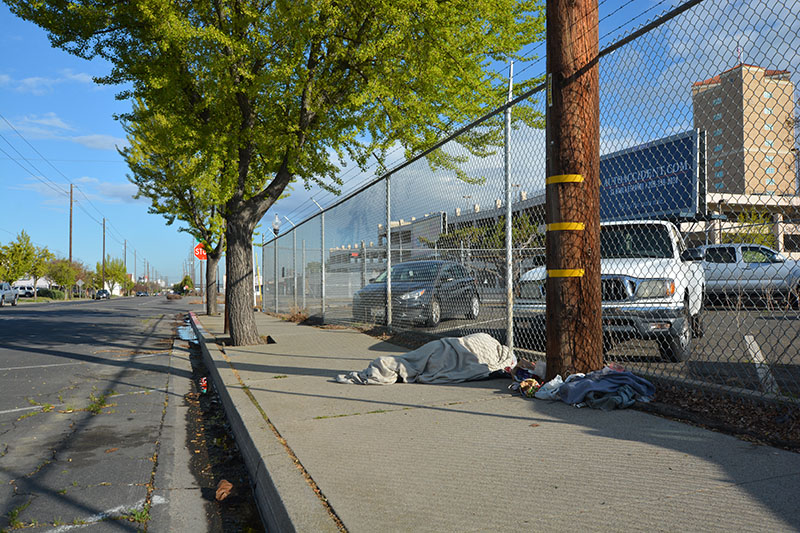
Those who think there’s no comparison between the economic stresses brought on by a pandemic and the stress of poverty are mistaken. There is voluminous research showing the harmful effects of poverty on brain function and health. And for those who don’t believe in science and research, there’s the evidence of our eyes.
Look closely at any homeless shelter or at the homeless people on the streets and you will see illness, both physical and mental. Some will argue drug use is the driving force behind the illness and the homelessness, but if that were the case we’d see far more homelessness than we do now. The opioid epidemic has affected people throughout the nation, but the professional football players, celebrities, high-income earners and professionals who became addicted didn’t become homeless, nor did the vast majority of wage-earners.
In fact, in the cases of drug addiction among people with money, the affliction is treated as a health problem. It’s only among poor people that drug use is seen as a character flaw and cause of homelessness.
When we see disabled and mentally ill people on our streets day after day, month after month, and year after year, what we’re really seeing is evidence that the richest country in the world can’t take care of sick people—unless they’re rich.
And just as the wealthiest among us will be the chief beneficiaries of a government that “can’t help” during a pandemic, so will the streets continue to fill with homeless people when the pandemic is over. Only when we realize that homelessness is itself an epidemic of our own making will we begin making real progress to end it. When we see homeless camps and wretched people in public in other countries, we blame their systems of government. When we see our own streets strewn with human wreckage, we blame the victims. And so our descent into the third world will continue, at least until we apply the same principles of science and learning to homelessness as we have to Covid19.

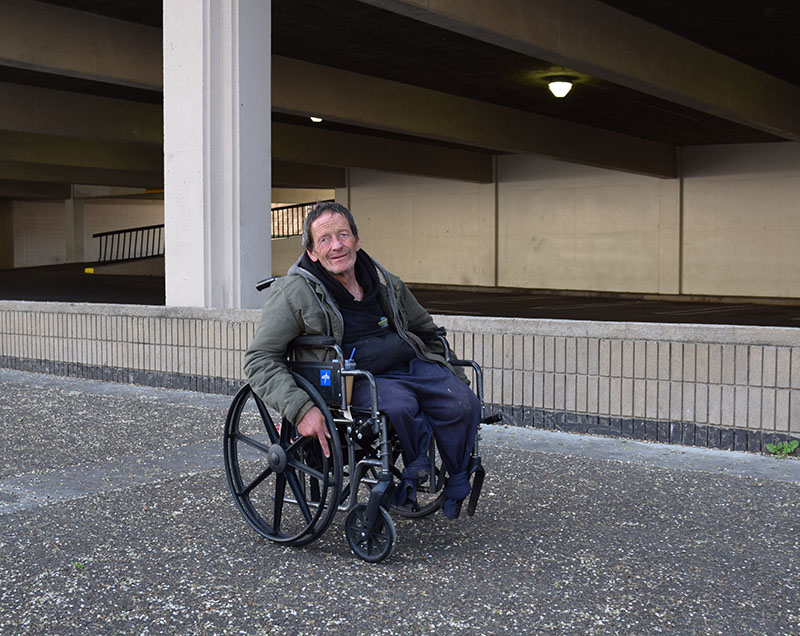
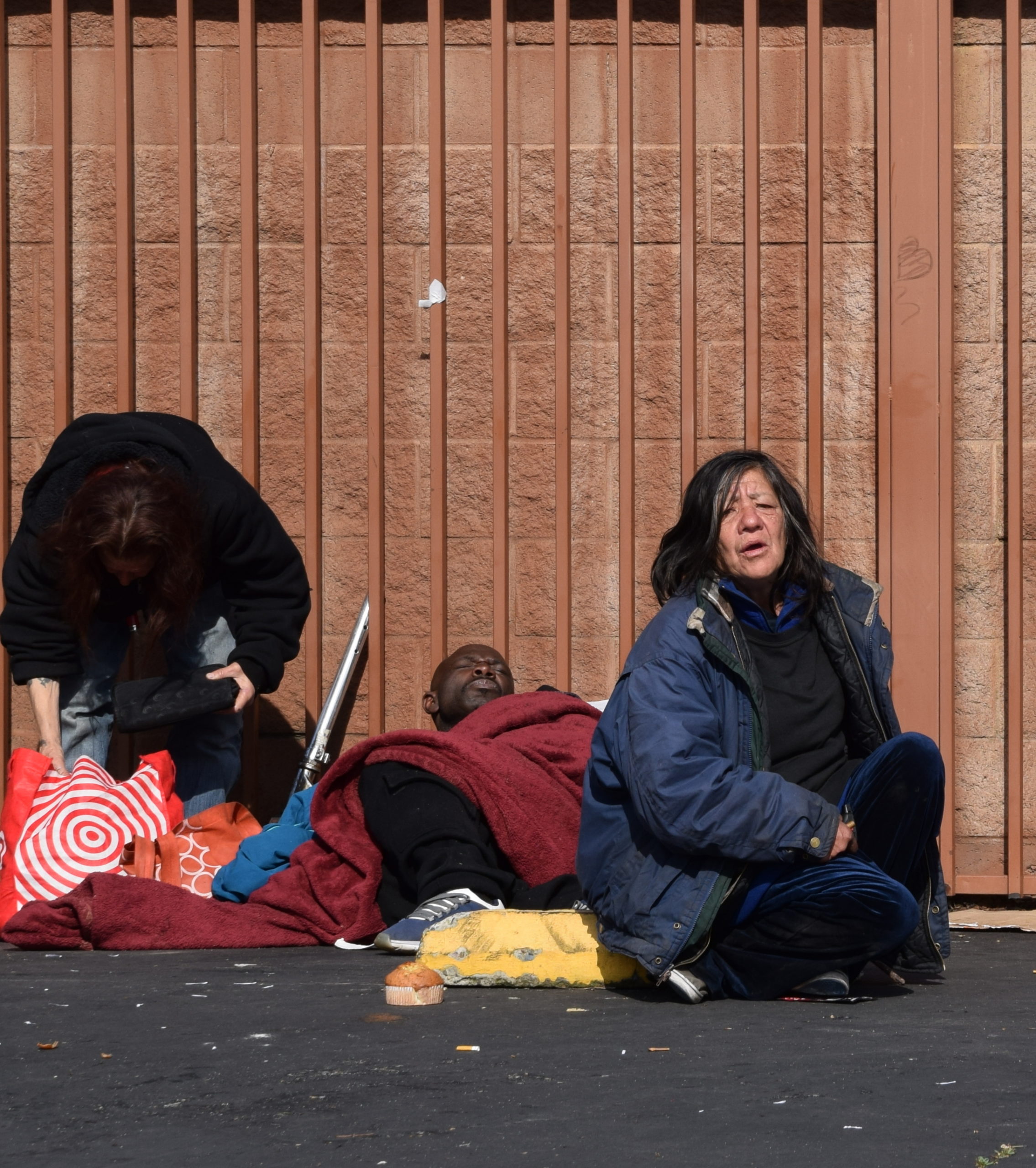
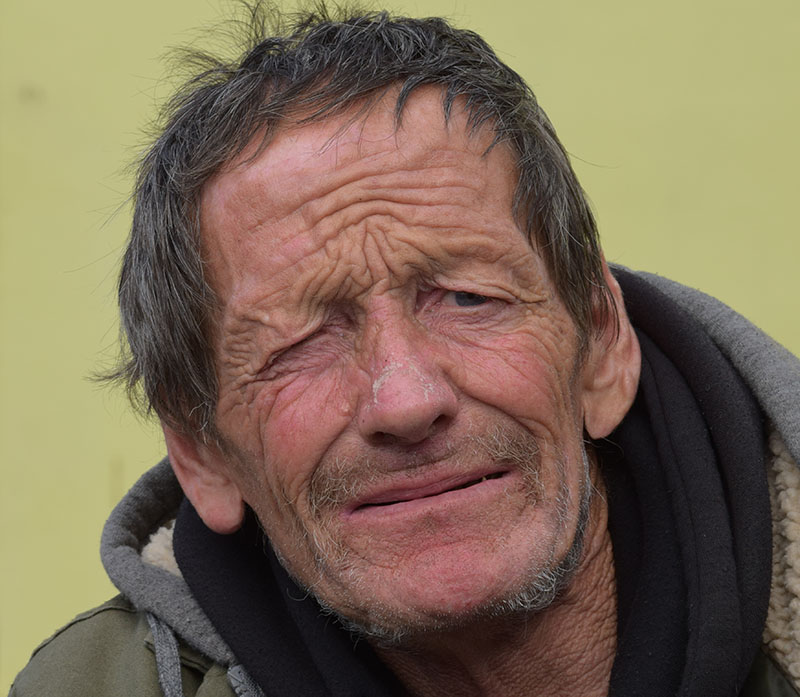
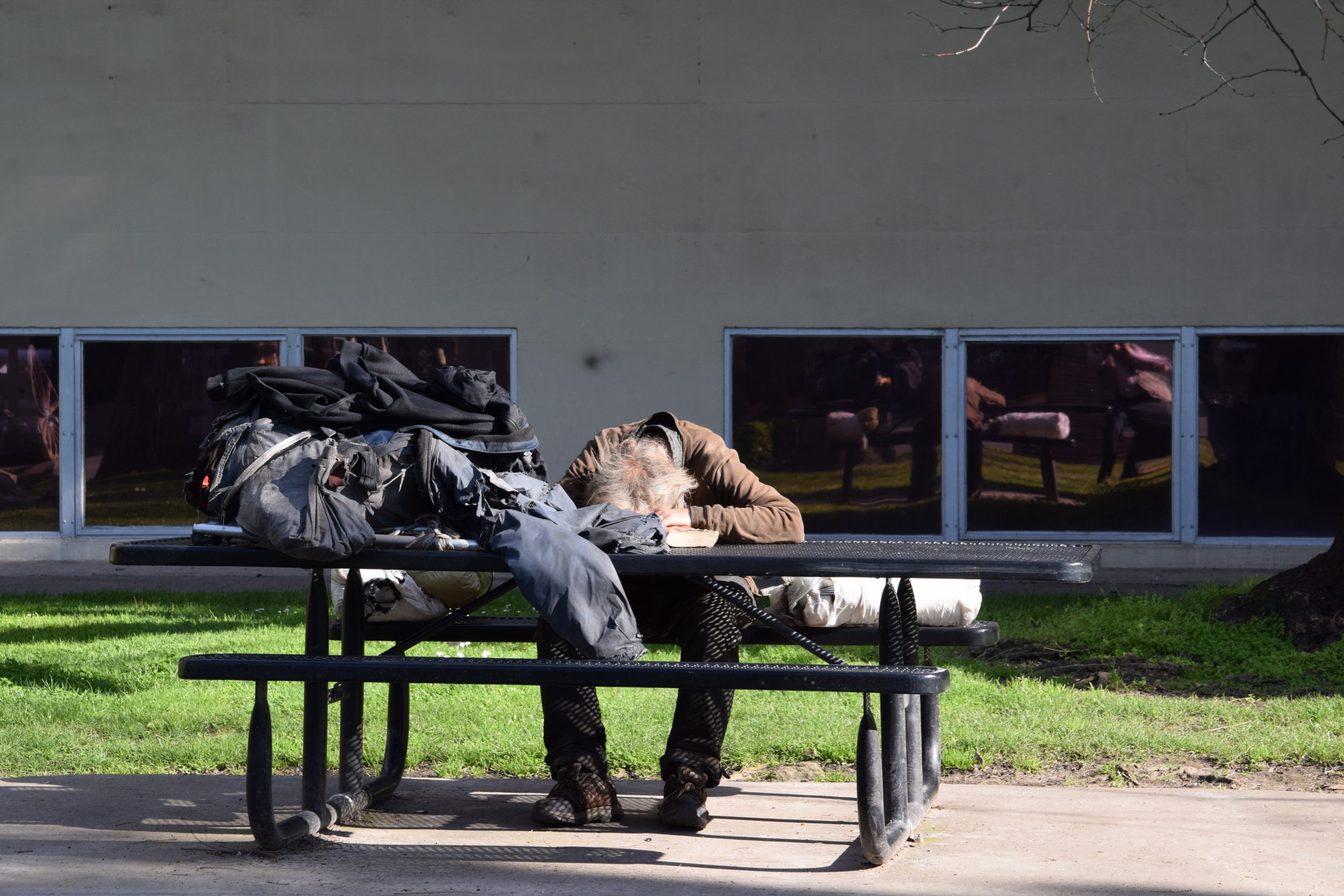
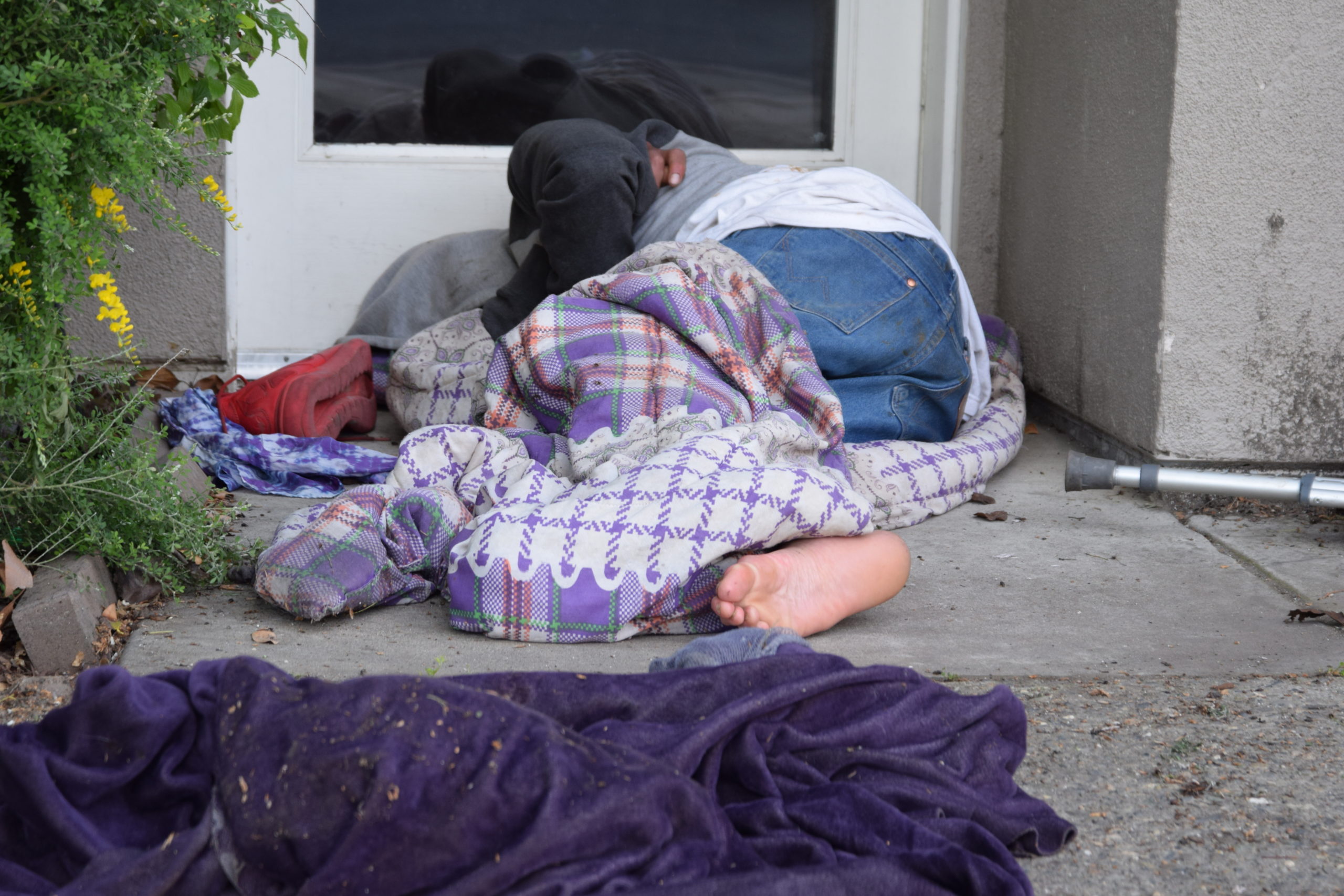
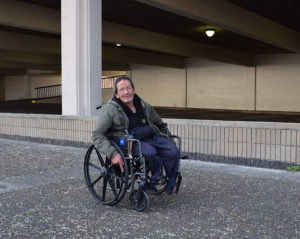
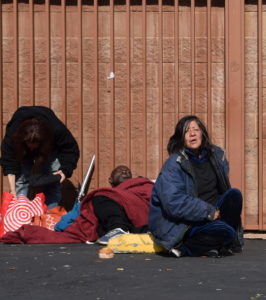
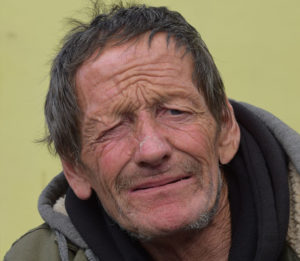
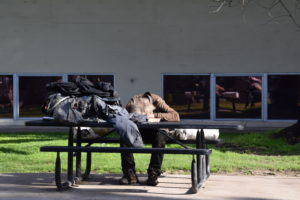
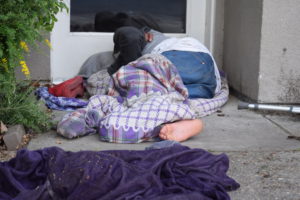
Powerful piece, Eric!
Thanks, Eric, for your consistently thoughtful articles on homelessness.
Thanks for continuing to spotlight this crises even as media understandibly shifts to Covid19. Vaccine will be discovered, Coronavirus will be banished, but in the aftermath of this pandemic, our homeless will remain (particularly the mentally ill) if not provided compassionate custodial care.
Thank you, Mr. Davis, for a lifetime of compassionate care for people everywhere. You are a true humanitarian and model for us all.
Report well written .
Well written and great advocacy. I am reposting in hope’s of enlightening more people to take a stand on this continuing issue that affects our brothers and sisters throughout our state and country. And have been enduring more hardships than the general population is today.
Tx Eric for yet another great article on the local scene of a macro issue driven by underlying operations of the power base that runs the county. Ran across an article today[link below] that speaks to what is going on in relation to Covid19 and lack of support for it as well as anything in general that is social in nature. In Trumps case, anything that is anything, disrupt it!
“What makes Mr. Trump particularly dangerous is that he is not acting alone. He is backed by the Republican Party, which translates his natural apathy to suffering into malicious policies. Mr. Trump is surrounded by brutal plutocrats such as Steve Mnuchin and Wilbur Ross, who, like Mr. Trump, are protégés of the infamous corporate raider and former White House adviser Carl Icahn, who set the standard of destroying companies for profit.. Mr. Trump is also flanked by a number of religious extremists, such as William Barr, Mike Pompeo and Mike Pence, who use biblical imagery to cloak their brutal goals. The overall effect is a group that will sacrifice human lives to lift the stock market. Republican Lieutenant Governor Dan Patrick of Texas stated that grandparents should die for the U.S. economy. In that mentality, the U.S. exists to be raided and razed, its citizens disposable and inconvenient.”
https://www.theglobeandmail.com/opinion/article-the-plague-of-donald-trump/?utm_source=facebook.com&utm_medium=Referrer%3A+Social+Network+%2F+Media&utm_campaign=Shared+Web+Article+Links
Eric,
” It’s only among poor people that drug use is seen as a character flaw and cause of homelessness.” is such a piercing, meaningful statement . Thank you.
Thank you, Eric.
As mainstream media outlets from right to left focus our attention on the deaths and suffering of celebrities, you have turned our attention once again to those whose suffering is chronic, hidden in shadows and doorways, and now compounded by the pandemic in ways most celebrities couldn’t imagine.
Thank you Eric, very informative. It’s sad but true the old saying; “The rich get richer, and the poor get poorer!”